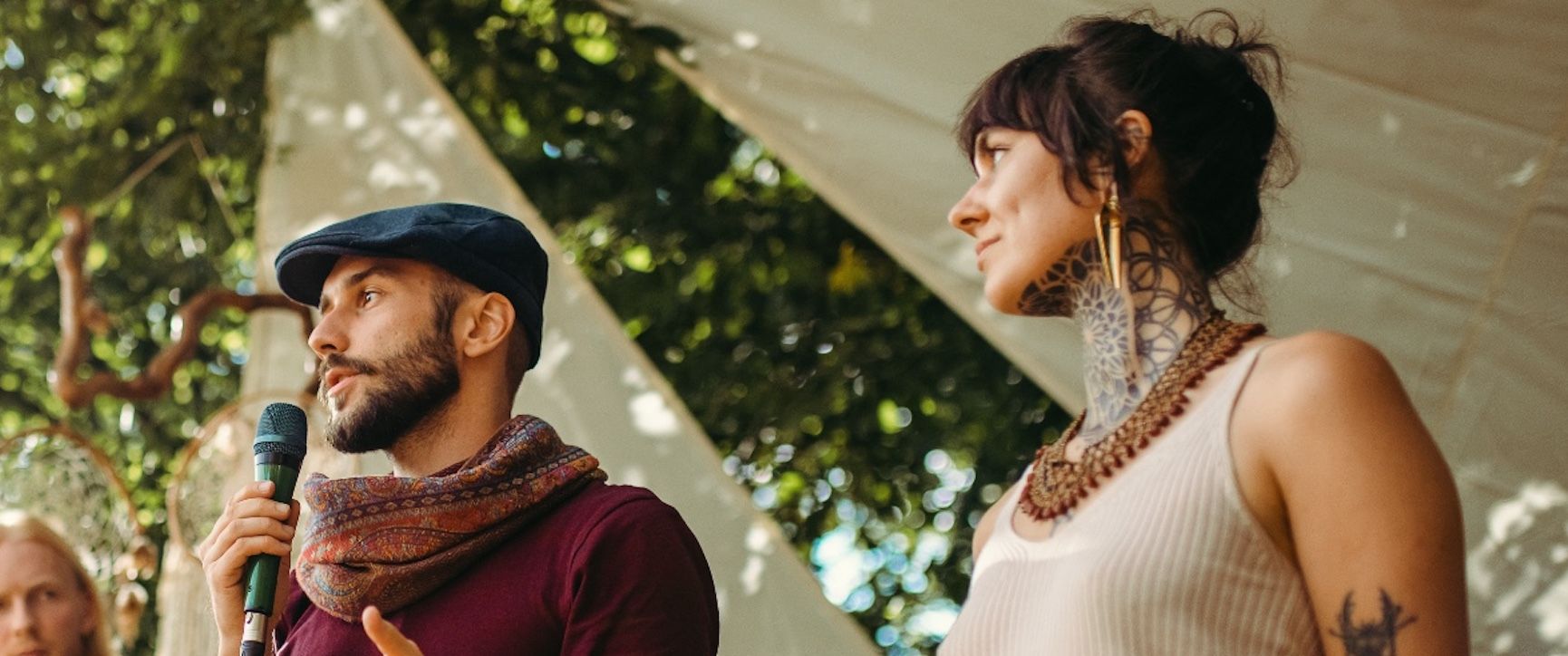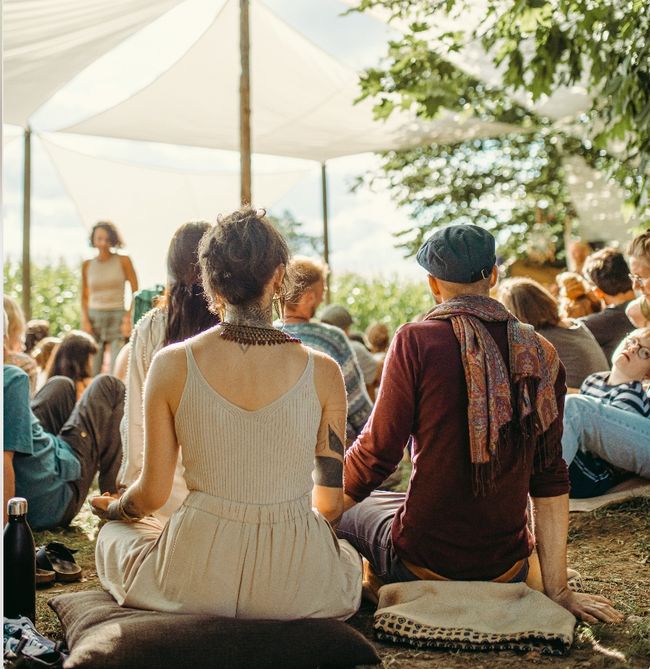
zwei-kuenstler-und-die-weite-welt
vakantio.de/zwei-kuenstler-und-die-weite-welt
Urban aesthetics and the old world
Diterbitkan: 16.04.2024

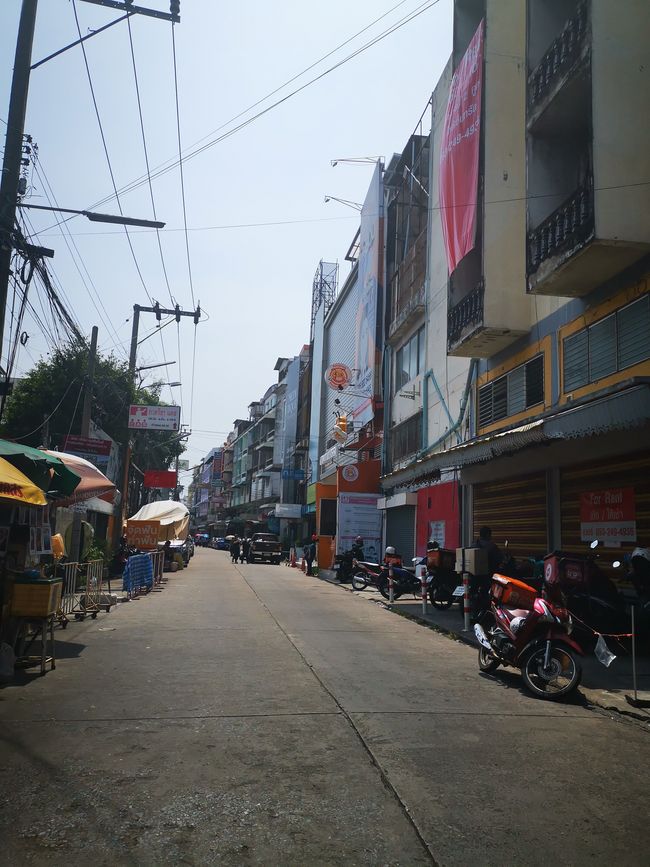
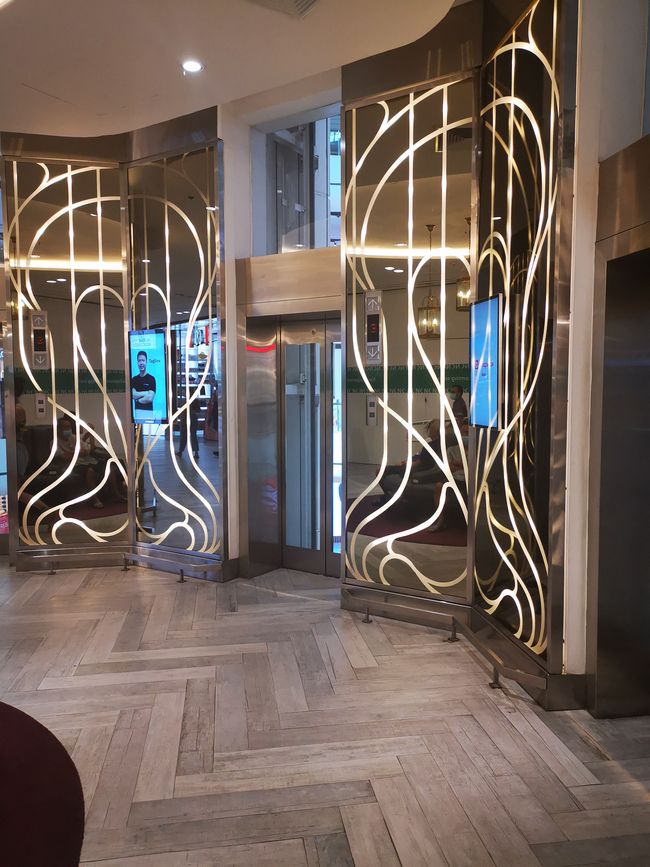
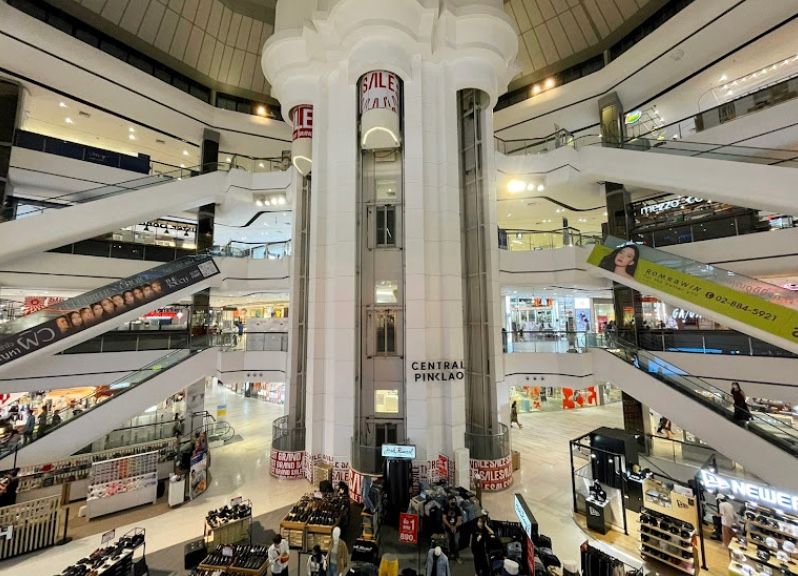
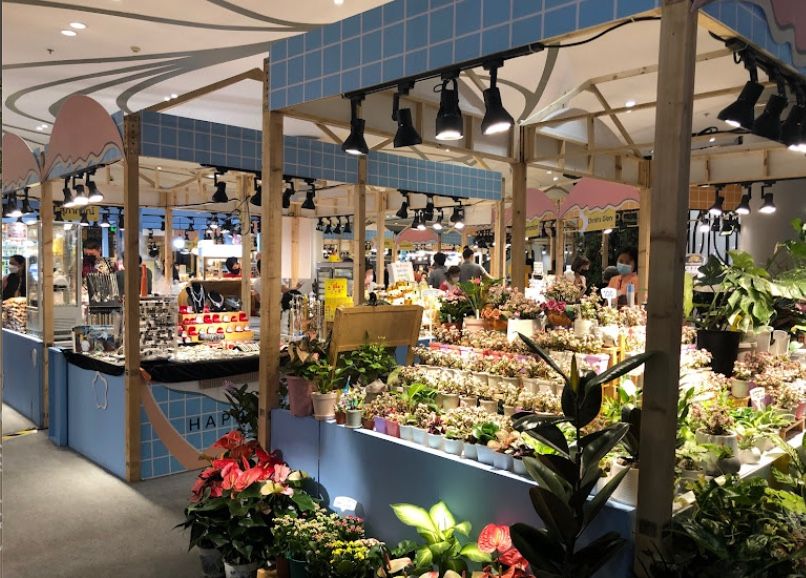
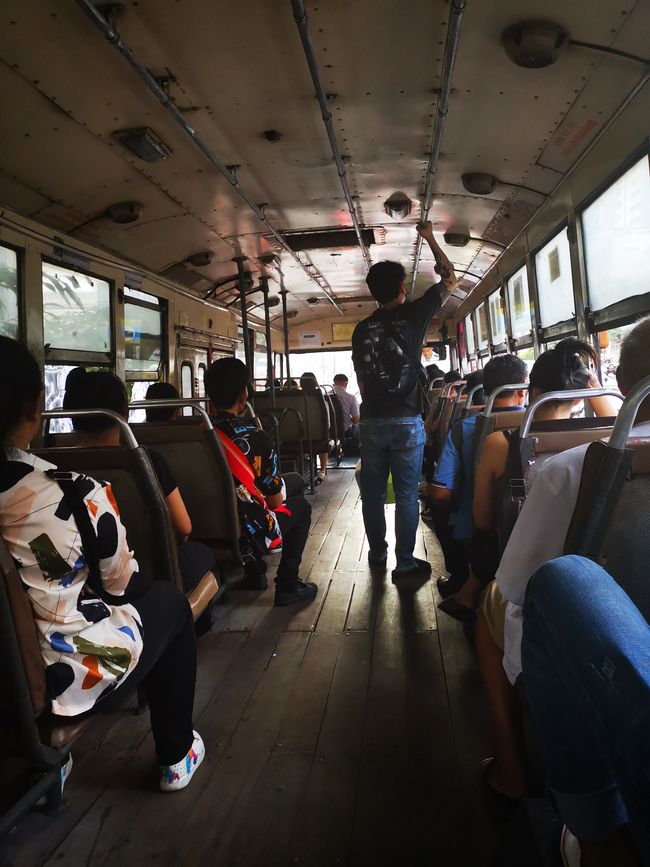
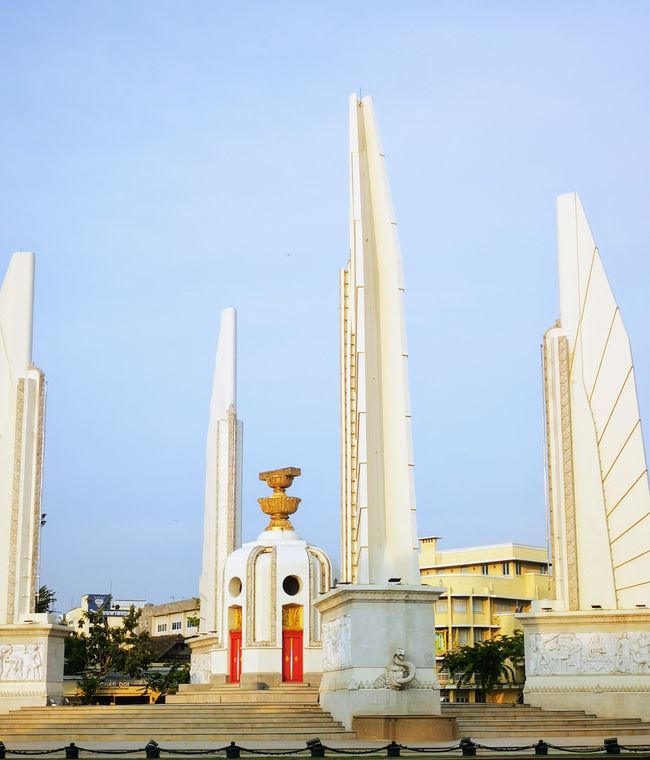
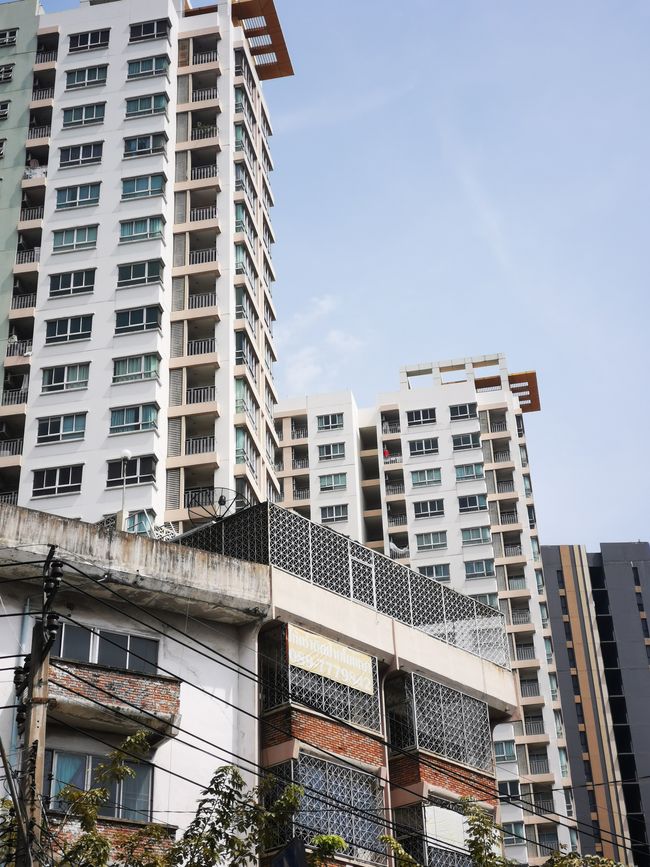
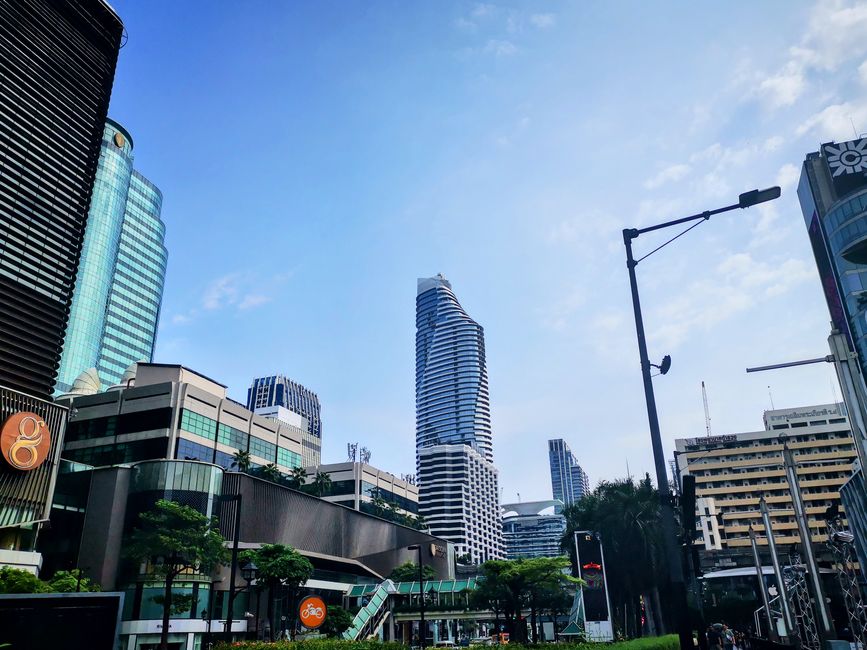
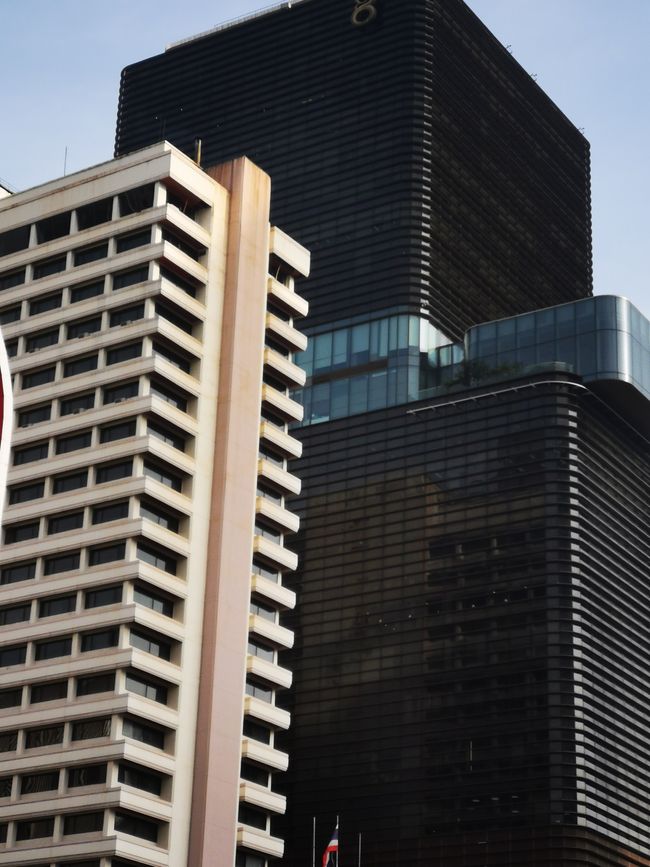
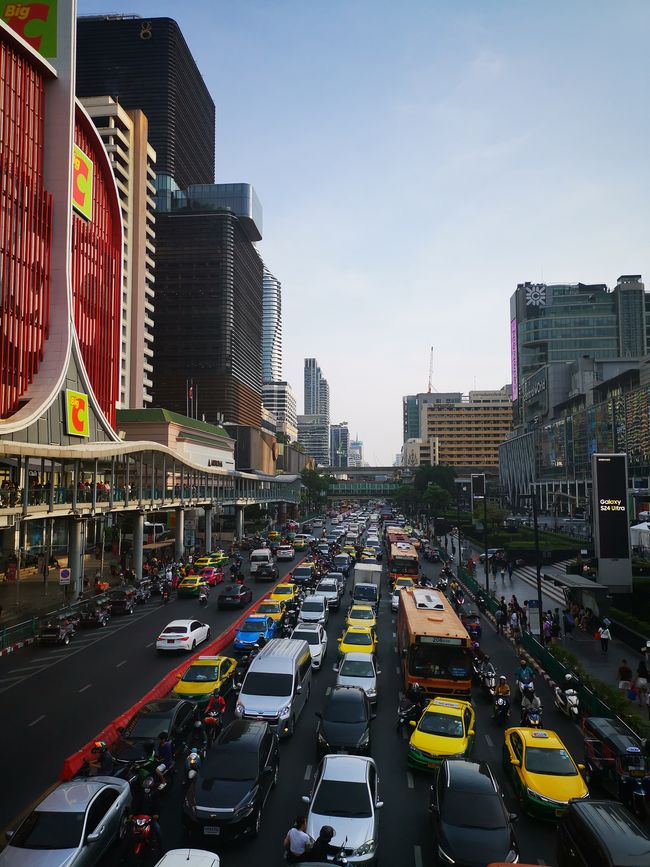
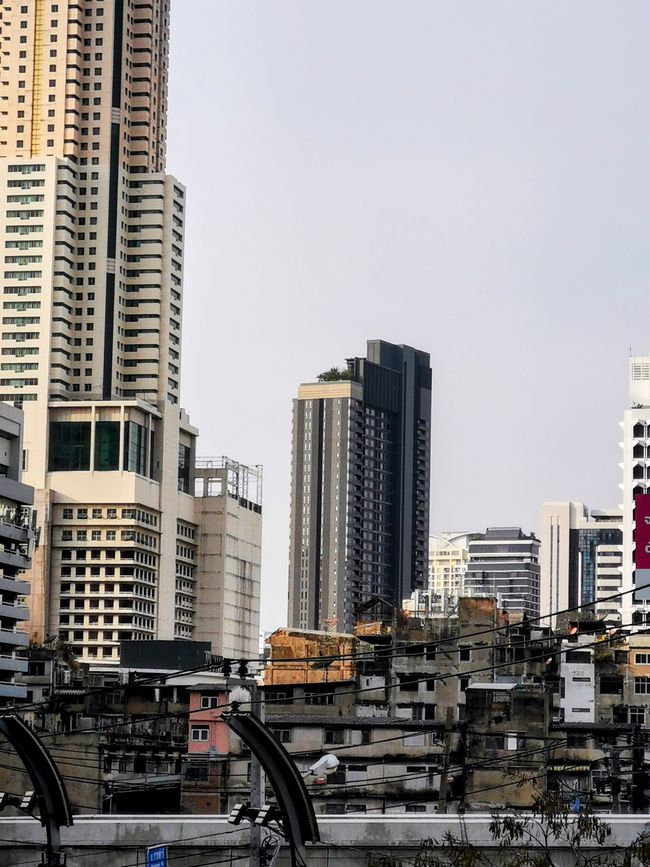
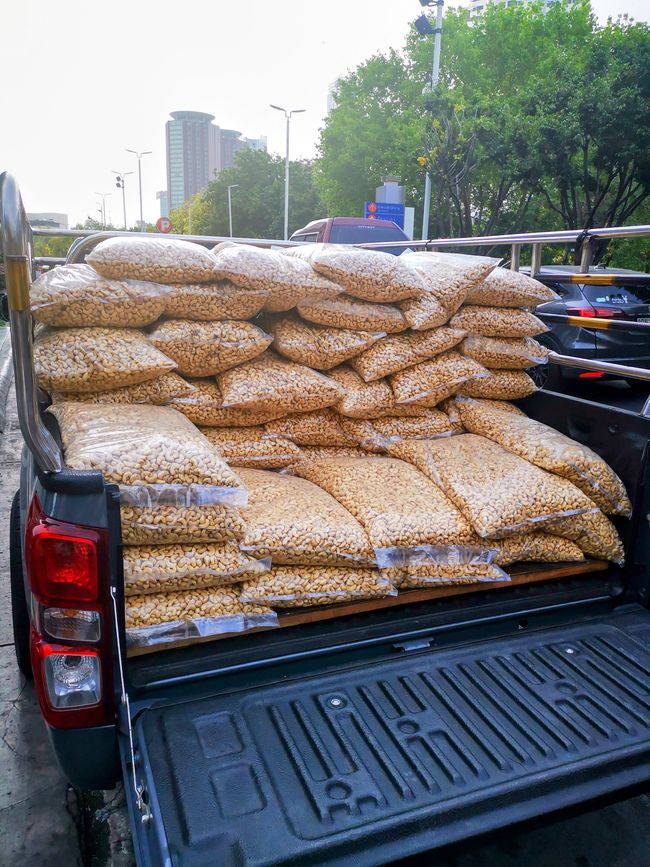
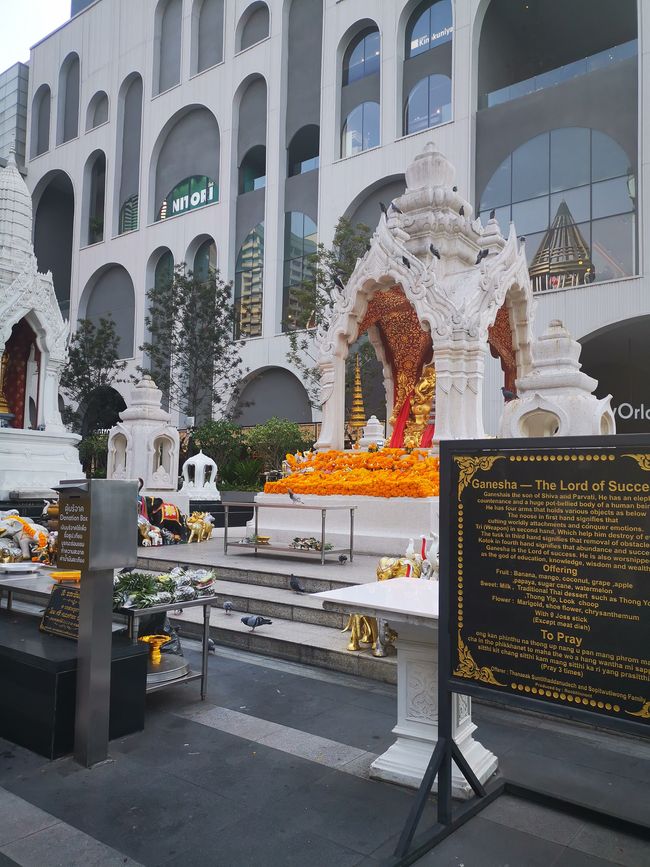
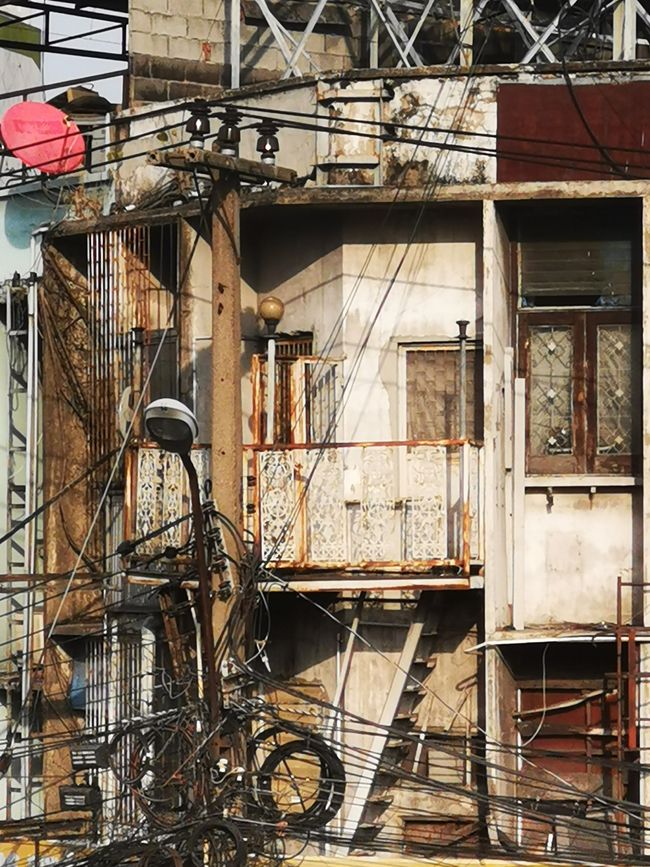
March 08, 2024
Our first stop of the day took us straight to a stall selling our beloved Kai Tao (fried sweet potato balls) [Image 1], which we stocked up on for our trip. The neighborhood lay more or less asleep before us with its deserted streets [Image 2] , while the traffic on the crowded main road constantly filled the atmosphere with its noise. People avoided being on the streets during the hot day and therefore tended to hang out there in the evening when it was cooler.
We visited the nearby shopping center to buy SIM cards for our cell phones so that we could access the Internet while we were out and about and thus be able to navigate better. The shopping center was (unlike many centers in Germany) very artistically designed. Art Nouveau elements dominated the aesthetics here. An interesting combination, considering the features and construction methods of modernism [Image 3 and 4]. The entire design of the stalls and shops themselves was more geared towards a certain, playful aesthetic [Image 5] and ensured that the eye was drawn.
We were the only white people in the entire area. The Thai people kept to themselves here.
We noticed that there seemed to be a multi-class society in this place, and that the people were not far from each other. The shopping center we were in seemed to be a middle class place. The prices were higher and there was a certain type of person walking through the aisles. Well dressed, but not too formal.
However, if you left this square and turned into the street next to it, all prices dropped rapidly. Aesthetics no longer played a role and people were more simple.
What was also striking in comparison to Germany was that the overall atmosphere in the shopping center was very quiet. Lounge music played quietly in the background, people talked quietly to each other and it was basically very quiet for such a large and moderately full place.
Bangkok, as a fairly modern metropolis, has many surprises in store. We were quite surprised at how poorly developed the local transport network was. There were only trains in certain regions, so we, like the local company, took the bus into the city center. Here, too, Bangkok showed a very contrasting side, because the buses seemed to come from another century [Image 6]. For the equivalent of 0.25 cents, the employee, carrying an ancient cash box in front of his chest, pressed two small pieces of paper into our hands and the bus, with us as passengers, pushed its way through the dense traffic. There was no air conditioning, of course, but the open windows created a small breeze here and there, saturated with exhaust fumes .
We got out at the central roundabout, in the middle of which is the Democracy Monument [Image 7] . Built in 1940, it is a landmark of the city and commemorates the fall of the Kingdom of Siam by military coup and the introduction of a constitutional monarchy.
The original idea of the client (a major general) was to create a second Champs-Élysées and thus a second Arc de Triomphe. However, the construction of the monument was not met with much enthusiasm, as the Chinese population living there had to make way for it and countless trees had to be felled.
Symbolically, it represents the armed forces of the army, navy, air force and police with its four wings; its hexagonal shrine in the middle represents the six declared goals of internal peace, independence, equality, freedom, trade and education; and its figure and two gold bowls on the roof represent the constitution.
I was amazed at how many people lived crammed into the apartment blocks [Image 8] . Each apartment was the same as the next and was probably not a place of retreat, well-being, a "nice home", but rather a functional place to rest between work shifts.
[Image 9-12] The absolute center of Bangkok seemed to strive to become a Times Square one day. Large, digital billboards advertised the latest cosmetics, beautiful, very western-looking faces presented the latest trends and high-priced shops lined up in the mall. This seemed to be another face of Bangkok. And here, too, the contrasts were very close together. Because a few steps further on was another shopping mall, which I always lovingly called the "plastic paradise". A place crammed with very cheap clothing, jewelry, cosmetics, everyday items, everything the consumer's heart could desire - mainly made of plastic.
And as expected, the clientele that frequented the place was that of the poorer classes.
At the time, an event was taking place in the high-class shopping mall in which a Thai internet celebrity was promoting her latest products for the so-called "glass skin" - a trend in which women strive to make their skin look as much like that of a porcelain doll as possible.
In general, I had the impression that women rubbed a lot of creams and tinctures on their faces to bleach them and make them appear whiter. A fashion that seems to have continued throughout the centuries. Originally, skin that was as white as possible was not only a sign of beauty, but also a sign of status. Noble ladies who were wealthy enough and therefore did not have to work in the fields and in the sun were therefore less tanned than those who did.
Undoubtedly, Americanization and fundamental Western influence also played a decisive role.
Here, too, we were almost the only white people. The main tourist traffic seemed to come from Asia itself.
Small shrines could be found in virtually every place, even next to the main shopping center. People used these regularly. They made small offerings to them in the form of food or opened lemonade bottles with straws, or flower garlands.
They were the remnants of the old animistic beliefs that honored elementals (nature spirits) and now coexisted with Buddhism. Consequently, the Thai not only honored Buddha and his teachings, but also paid homage to the elementals through the aforementioned offerings.
These so-called "spirit houses", which were strongly reminiscent of Shintoism, were always built when a new building was constructed on a plot of land. They were for the entities ("Phra Phum") who had lost their old homes due to the construction and were now to be appeased with the new home.
Spirit houses were also built on roads where accidents were common. I can only assume that this was also to appease the spirits that were causing the accidents. Since Thailand has the highest number of accident fatalities and many people ride motorcycles without helmets, more of these houses will probably be built on the roads in the future.
Next to the house of the spirits there was a second type of small shrine.
These were the houses of relatives, as we learned later in the conversation. They were dedicated to the ancestors and received the same devotion and attention.
Menjawab
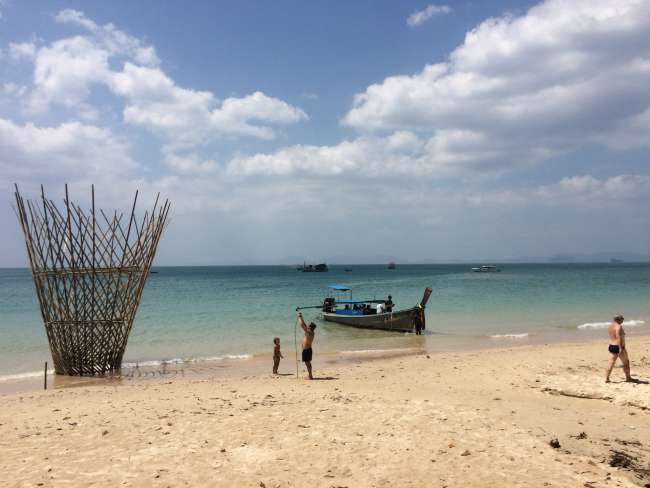
Laporan perjalanan Thailand
